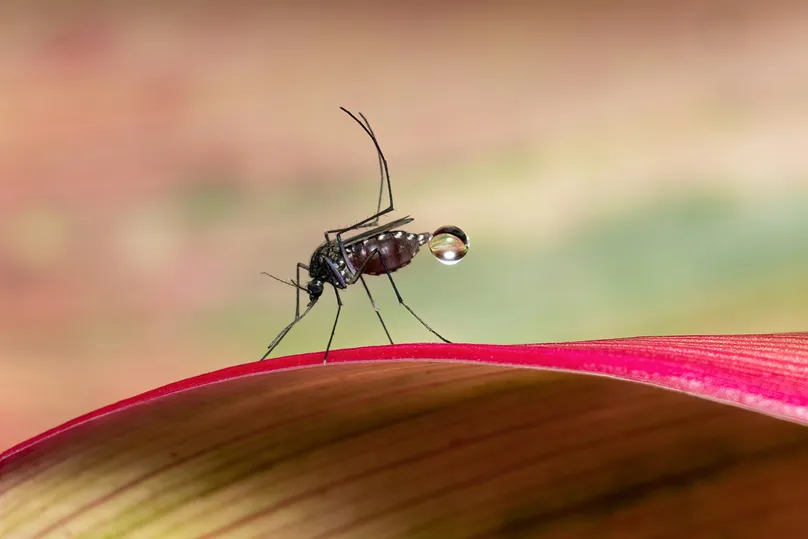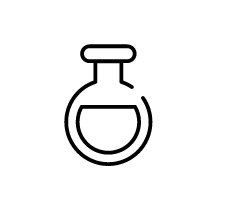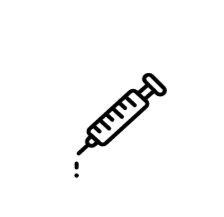World Mosquito Day 2025
By Impact Global Health 20 August 2025
A global burden
World Mosquito Day is an annual reminder that mosquito-borne diseases still strike a heavy toll on health and lives worldwide, and highlights the urgent need for research and innovation to advance global health equity.
This year, we delve into our analysis of the 2025 Neglected Disease R&D Pipeline to understand where we stand in our fight against two vector-borne diseases, malaria and dengue, and what the next generation of innovations may bring.

Dengue
Over 3.9 billion people across hundreds of countries are at risk of contracting dengue and global estimates indicate that dengue causes 96 million symptomatic cases and around 40,000 deaths annually1.
Dengue currently lacks a curative therapy, and the record-breaking number of dengue cases reported each year has made the disease a high priority for many countries as climate change fuels dengue season extension and expansion to dengue naïve countries.

Current landscape
The vast majority of marketed neglected disease products are dengue innovations (276 products, 28%), almost all of which are diagnostics (99%). Close to all the dengue diagnostics available largely utilise the same targets – IgG and/or IgM antibodies, the NS1 antigen or the virus’ RNA – meaning the portfolio is largely homogenous. There is still a need for diagnostics that can function across the disease spectrum, distinguishing dengue from other febrile illnesses and for rapid diagnostic tests for serostatus screening.

Vector control
Just one biological vector control product, Oxitec’s Friendly mosquitoes, has been approved for dengue. New and improved vector control products targeting the Aedes mosquito, including adulticidal oviposition traps and space spray insecticides, are needed, as well as additional biological control tools such as Wolbachia and genetic manipulation.

Vaccines
There is a need for new and improved dengue vaccines. Current vaccines fall short with either low efficacy, increased risk of severe dengue in young, vaccinated recipients, or there is a cost-barrier to accessing approved vaccines, particularly in LMICs. An ideal vaccine would provide long-lasting immunity against all four dengue virus serotypes, regardless of age or prior exposure and protect against the full clinical spectrum of the disease and disrupt transmission of all four serotypes. We are now tracking R&D investment in this area and will including dengue vaccines in our Infectious Disease R&D Tracker in early 2026.

Clinical trials
EYU688, a pan-serotype antiviral, is currently in Phase II trials across Brazil, India, Malaysia, Singapore and Vietnam, with expected completion in early 2026. Several vaccines are in late-stage development: Butantan Institute’s single dose tetravalent TV-003/005 is in Phase III trials for infants and adults, and Merck’s quadrivalent V181 completed a Phase II trial in adults in 2024.
Malaria
Malaria is a parasitic disease which affects an estimated 249 million people annually and causes over 608,000 deaths, most of them are children under five1.

Current landscape
Half of the malaria portfolio are chemical vector control products (64) – which include a variety of delivery systems (nets, residual sprays, and larvicides) and chemical compounds – and a third are diagnostics (42), that mostly target the same two antigens (HRP2 and/or LDH antigens).

Need
There is a need for new rapid malaria diagnostics that can accurately detect evolving strains. Some malaria parasites have developed a genetic deletion that prevents them from producing the protein targeted by many commonly used rapid diagnostic tests. As a result, these tests can give false negative results, allowing the parasite to go undetected. Additionally, more sensitive diagnostics are needed to identify non-falciparum species and to detect asymptomatic cases. A lateral-flow-based LAMP assay in late development has the ability to detect multiple Plasmodium species in under 5 minutes and could serve as a point-of-care test with its simple DNA extraction protocol.

Vector control
All 65 chemical vector control products target the malaria-transmitting Anopheles mosquito, with just four also active against the Aedes mosquito responsible for dengue transmission. The first two spatial emanators were prequalified by WHO in August, coinciding with recommendations to support this new class of intervention for malaria vector control. Next-generation vector control products are needed in response to emerging pyrethroid resistance, including genetic approaches to reduce mosquito populations or block parasite transmission.

Vaccines
Just under a quarter (24%) of the vaccines pipeline target malaria. Though two malaria vaccines have been approved in recent years – RTS,S and R21 – there remains a clear need for malarial vaccines that can protect against P. vivax, placental malaria, and block transmission.

Clinical trials
Next-generation medicines for malaria intermittent preventive treatment in pregnancy (IPTp) could be a breakthrough technology and help close a product gap. Current vaccines exclude pregnant women and recommended drugs for IPTp are not administered during the first trimester due to toxicity, and women in their second and third trimester are reluctant to take the drugs. A long-acting anti-malarial drug like Medicines for Malaria Venture’s MMV371 could offer women protection throughout their pregnancy. MMV371 is currently in Phase I trials – expected to complete later in 2025 – and is being investigated as an intramuscular injection, making delivery and administration accessible in LMICs. If proven safe and effective, it presents a major opportunity for reducing malaria-related maternal and neonatal morbidity and mortality in high-burdened regions if integrated into maternal health programmes.